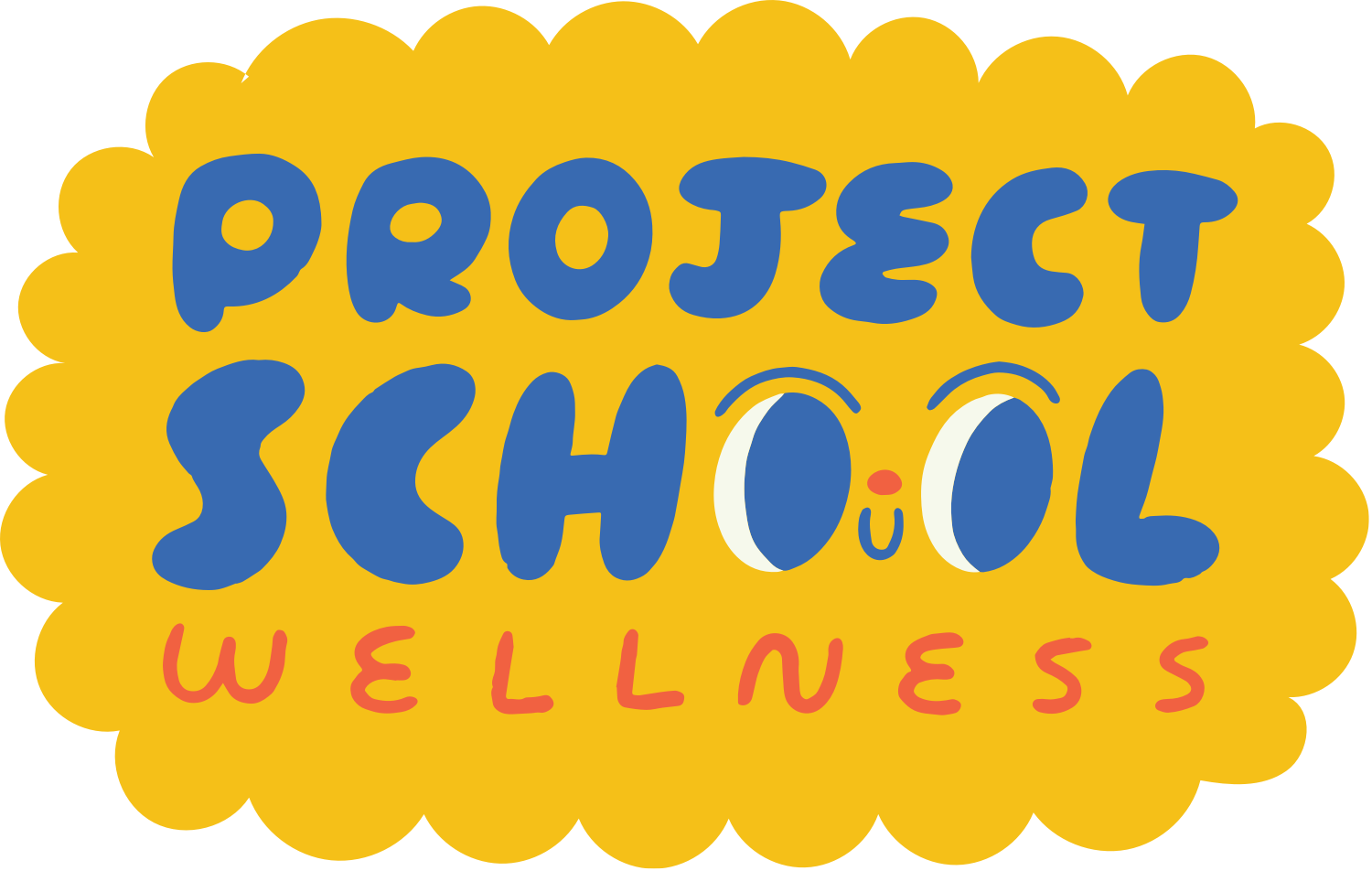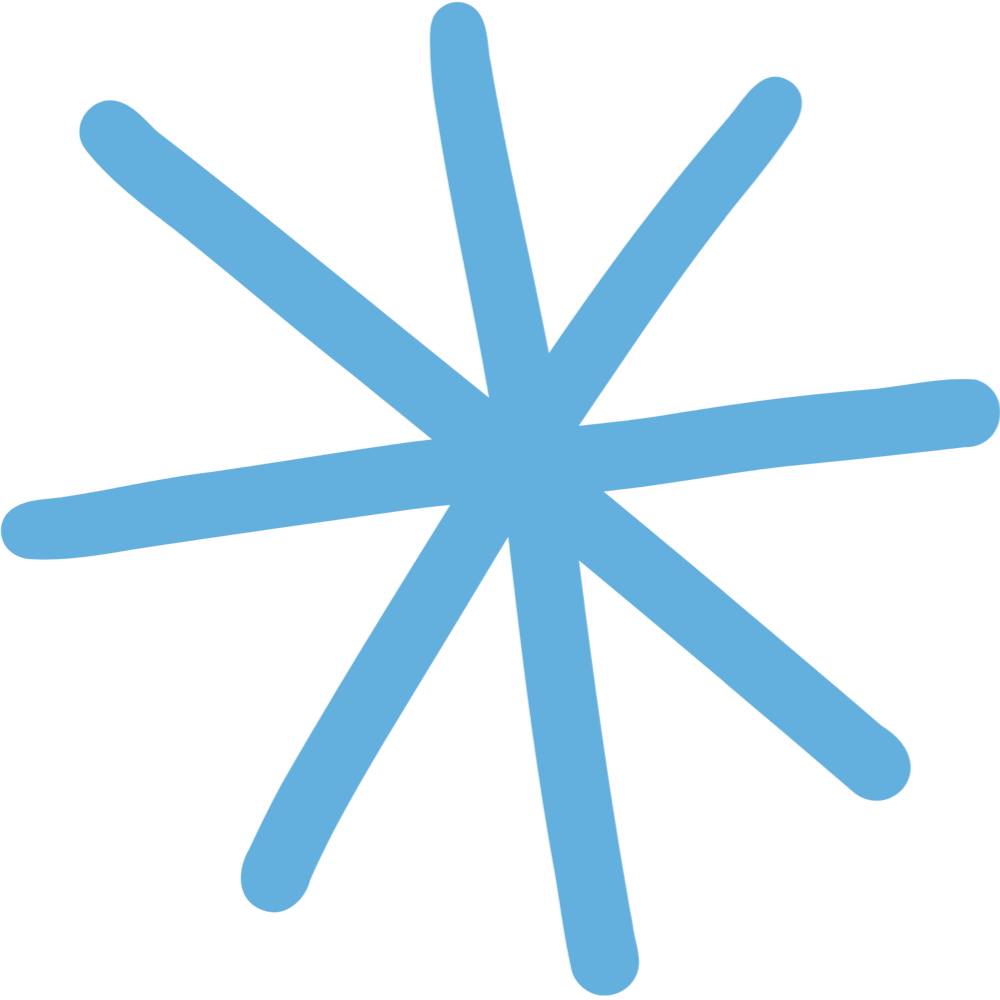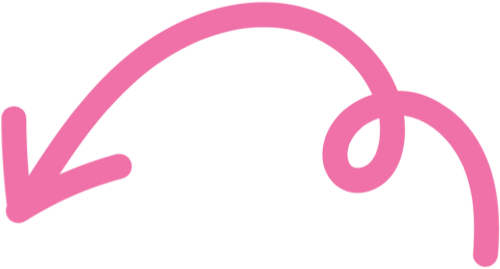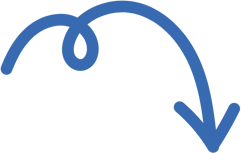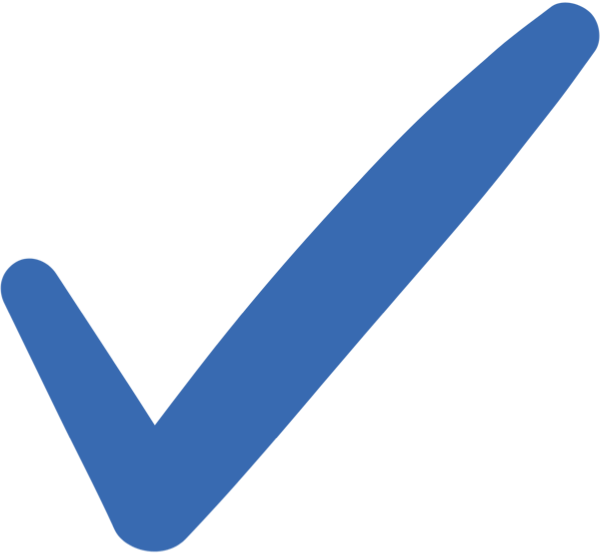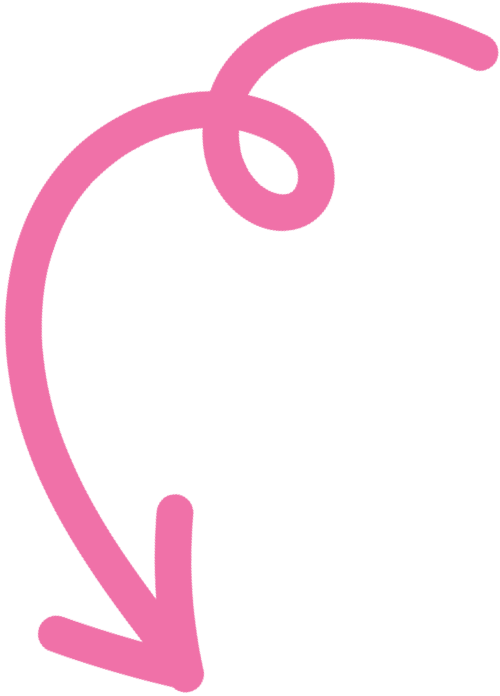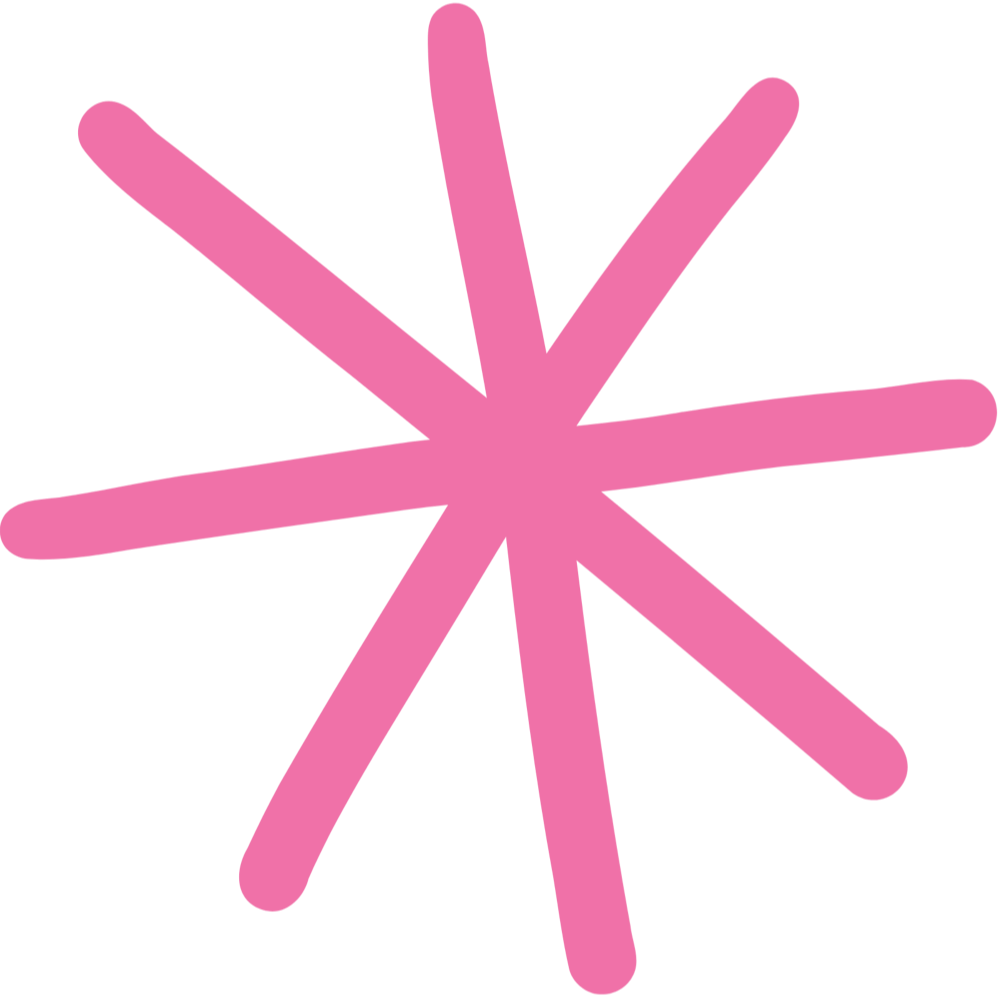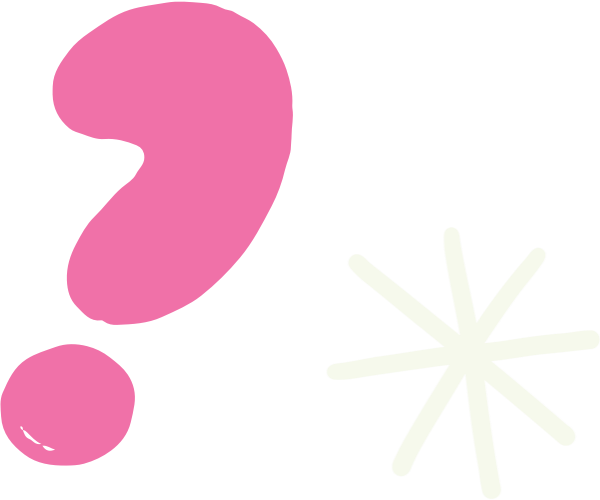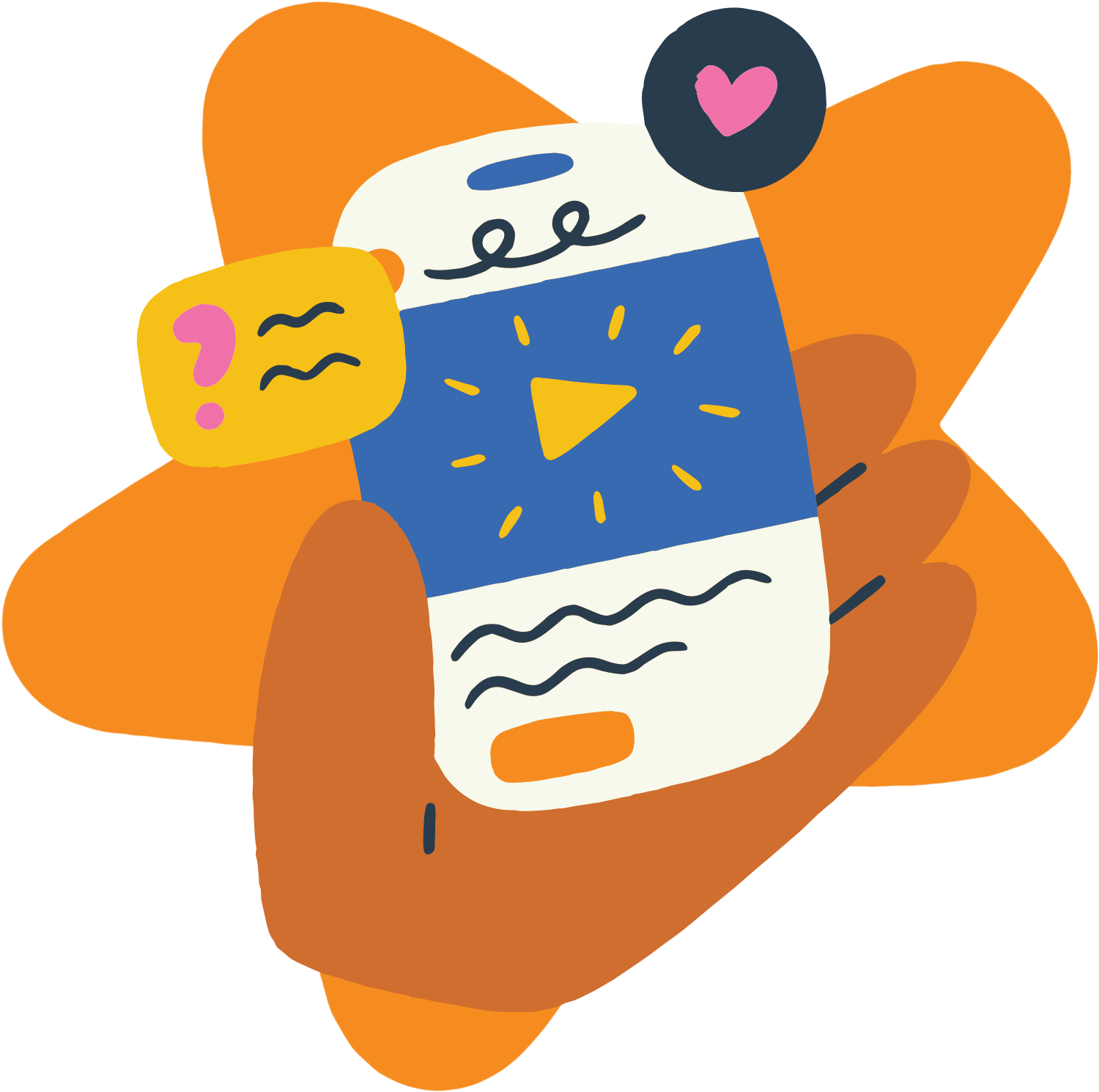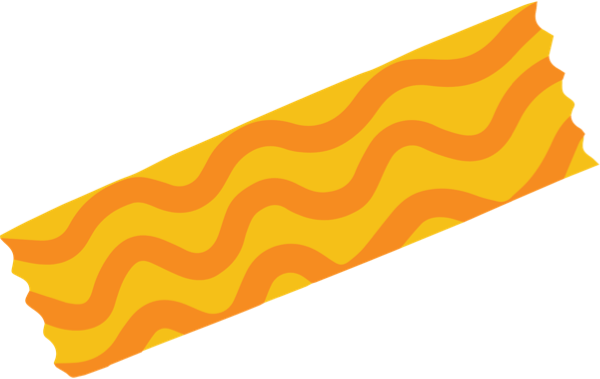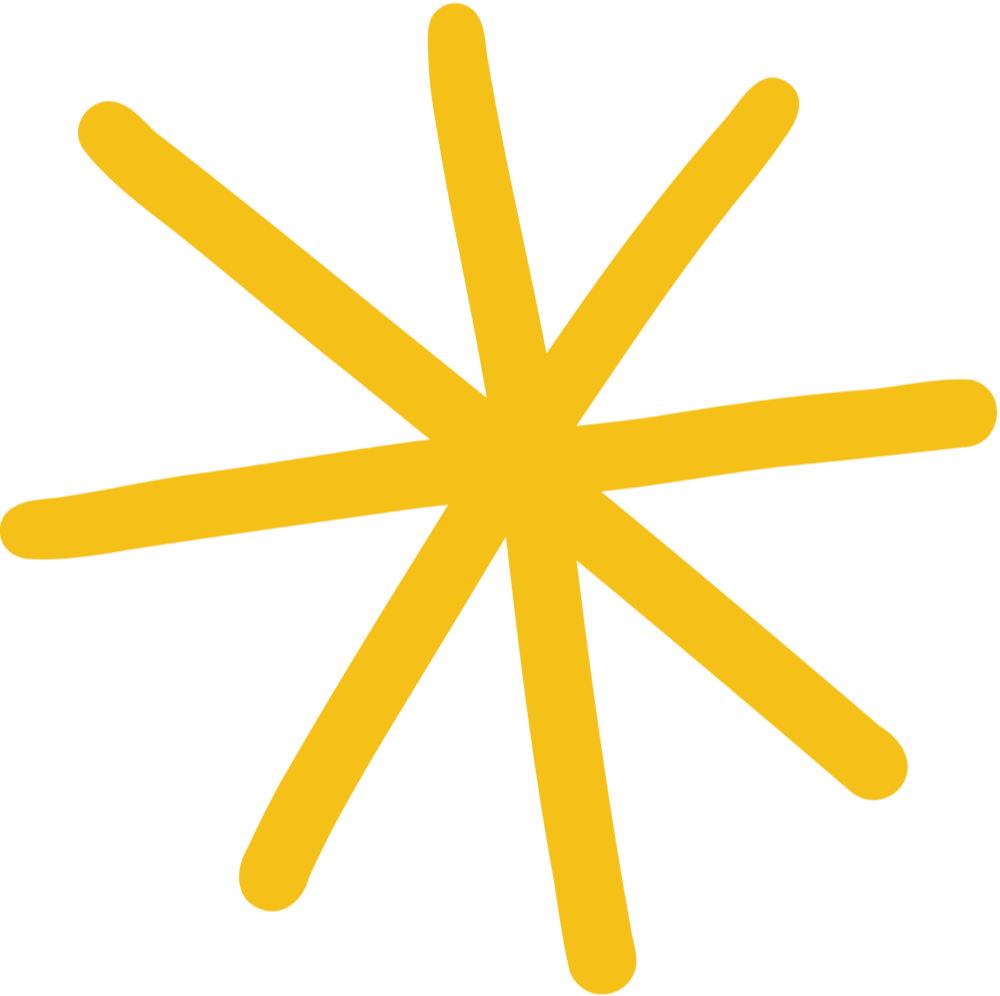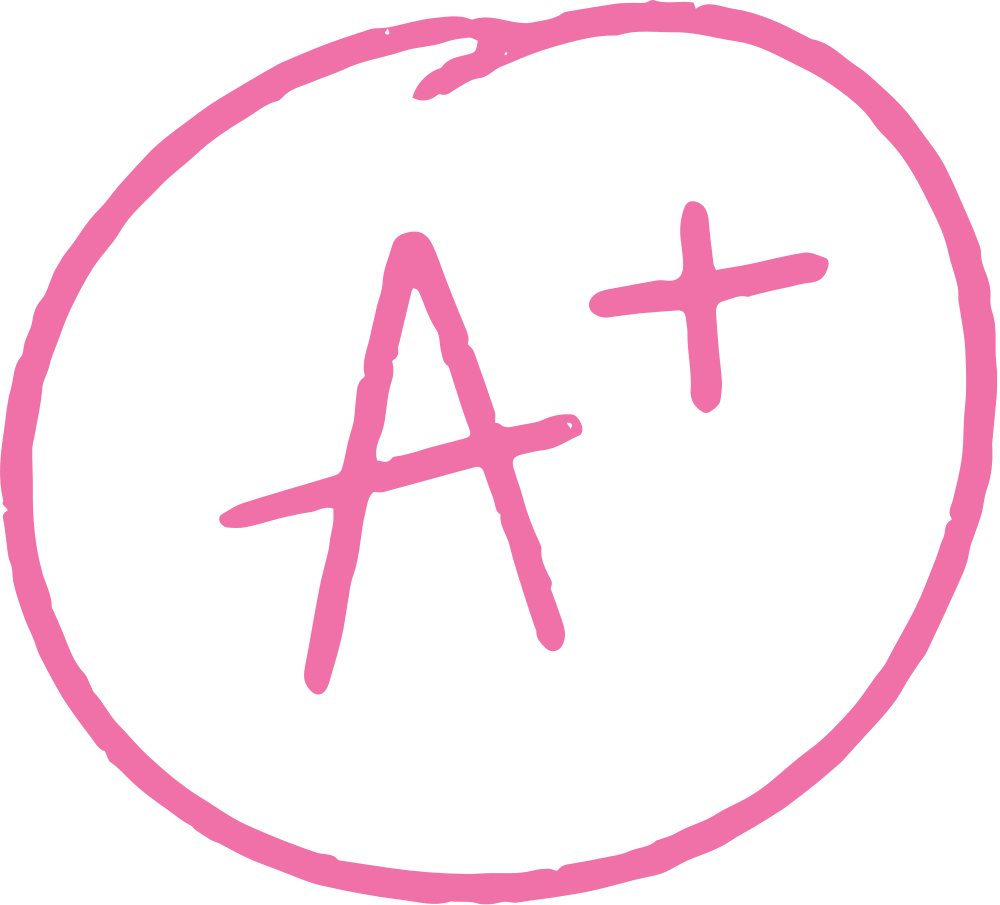
How to Teach the Dimensions of Health
Sexual Health Education
Sexual health is the lifelong process of understanding, embracing, and expressing your sexual self. It involves caring for your body’s physical functioning while also navigating the emotional, relational, and cultural aspects of sexuality with awareness and intention.
Easy Sexual Health Education Teaching Activities:
Start Here!
This Sexual Health Education Teaching Guide is your go-to resource for teaching comprehensive sex education and sexual health as part of a skills-based health education program. It includes a clear answer to the question “what is sexual health,” explains why it matters, and outlines a grade-level-specific teaching progression aligned with both the SHAPE America National Health Education Standards and the National Sex Education Standards from SIECUS. In this teaching guide, health teachers will find engaging sexual health education resources including: lesson plan ideas, instructional videos, and real-world examples to help students explore their sexual self, build body awareness, and develop the confidence and skills needed for lifelong sexual well-being.
Table of Contents:
Grade-Level Specific Teaching Ideas →
SHAPE Health Standards and Skills →
An Introduction to Teaching Sexual Health education
Let’s start with
The Basics
Also available: signature health guides for parents and students to support health learning at home and in class.
For Students → For Parents →
What is Sexual Health Education?
Sexual health education is a holistic approach to helping students understand, embrace, and express their sexual self. It goes beyond simply preventing disease or pregnancy and also focuses on the physical, emotional, mental, and social aspects of sexuality. This comprehensive approach to sexual health education is supported by the World Health Organization’s definition of sexual health, emphasizing body autonomy, healthy relationships, inclusive identity development, and informed decision-making.
Through sexuality education in schools, students learn comprehensive sexual health concepts such as how their bodies work, how to communicate and set boundaries, how to care for their well-being, and how to navigate relationships with confidence and respect. Sexual health education equips students with the knowledge, skills, and self-awareness they need to make empowered, values-aligned sexual choices throughout their lives.
Why Sexual Health Matters
Sexual Health Is A Core Part Of Life And Well-Being.
Sexual health is deeply connected to emotional, mental, physical, and social health. It influences how we see ourselves, how we care for our bodies, and how we build and navigate relationships.
We are Surrounded by Mental Health Stigma
Many students grow up thinking that talking about feelings or mental health struggles is a weakness and that mental illness isn't real. By teaching emotional and mental health in the classroom, we help break that stigma and create a culture of understanding, support, and vulnerability.
School-Based Sex Ed Is Often The Only Source Of Real Information.
Health class is frequently a student's only access to comprehensive, medically accurate, emotionally neutral information about sex, sexuality, and sexual health.
Sex Ed Is About More Than Sex, It’s About Self-Awareness, Communication, And Respect.
High-quality sexual health education helps students build confidence, recognize and honor their boundaries, advocate for their needs, and set higher expectations for healthy, respectful relationships.
Knowledge Leads To Confidence And Wise Choices.
When students are informed, they’re more equipped to make decisions that align with their values and enhance their well-being.
K - 12 sexual Health Education Teaching Progression
Grade-Specific Sexual Health Teaching Ideas
Explore K-12 grade-specific comprehensive sexual health education teaching ideas. Each guide provides clear sexual health standards-based learning objectives, essential functional knowledge, engaging teaching activities, and meaningful assessments. Health teachers will find everything needed to deliver impactful, developmentally-appropriate sexual health education.
-

Learning Objectives
Comprehensive sexual health education learning objectives clearly define what elementary students will know and be able to do as a result of each lesson. These sexual health objectives focus on developing functional health knowledge, building understanding related to the dimensions of health, and applying essential health skills to real-life situations. Each learning objective is designed to align with the SHAPE America National Health Education Standards and the National Sex Education Standards from SIECUS, ensuring that instruction is comprehensive, skills-based, and leads to increased health literacy and promotes lifelong well-being.
The Goal: Build a foundation of body knowledge, body autonomy, and confidence through age-appropriate, non-sexual conversations.
✅ Learn the correct names for body parts, including sexual and reproductive anatomy, and understand the basic functions of the body
→ Related SHAPE America Standard: #1 Build and Apply Functional Knowledge
✅ Understand the difference between healthy, harmful, and helpful touch and begin identifying personal physical boundaries.
→ Related SHAPE America Standard: #1 Build and Apply Functional Knowledge and #8 Advocacy
✅ Explore the concept of body autonomy, recognizing your body boundaries and that everyone has the right to their own body and personal space
→ Related SHAPE America Standard: #1 Build and Apply Functional Knowledge and #8 Advocacy
✅ Learn age-appropriate, non-sexual concepts of consent (e.g., asking permission, saying no, respecting others’ choices)
→ Related SHAPE America Standard: #1 Build and Apply Functional Knowledge, #4 Communication, and #8 Advocacy
✅ Introduce the basic (non-sexual) idea of how a baby is made in an developmentally-appropriate, factual, and values-neutral way
→ Related SHAPE America Standard: #1 Build and Apply Functional Knowledge
-

Functional Knowledge
Functional knowledge refers to the essential comprehensive sexual health education concepts elementary students need to understand in order to build awareness of how aspects of their sexual health shows up (in non-sexual ways) in their lives. This knowledge helps students make informed choices and lays the foundation for managing this aspect of their well-being with intention and confidence.
To build a strong foundation in sexual health, elementary students need basic body knowledge, an understanding of personal boundaries, and the language to talk about their bodies with clarity and confidence.
💡 The Names and Functions of Body Parts
Students learn the correct names for all body parts, including genitals, and understand their basic functions. This builds body confidence, reduces shame, and lays the groundwork for safety and future learning.💡 The Different Types of Touch: Healthy, Harmful, and Helpful
Students explore examples of different types of touch and learn how to recognize what makes a touch safe or unsafe. This supports early boundary setting and safety awareness.
💡 What Body Autonomy means and How Your Body, Feelings, and Thoughts Help Define Your Body Boundaries
Students are introduced to the concept of body autonomy and begin practicing how to say no, ask for space, and respect others’ bodies and boundaries.
💡 What Consent Means in a Non-Sexual Context
Students learn that consent means asking for and receiving clear permission before touching someone or using their belongings. They practice giving and denying consent respectfully and recognizing when someone else’s answer is “no.”
💡 How a Baby is Made (Basic, Non-Sexual Level of Understanding)
Students learn that making a baby involves a sperm, an egg, and a uterus, offered in clear, factual, and values-neutral language appropriate for their developmental level. -
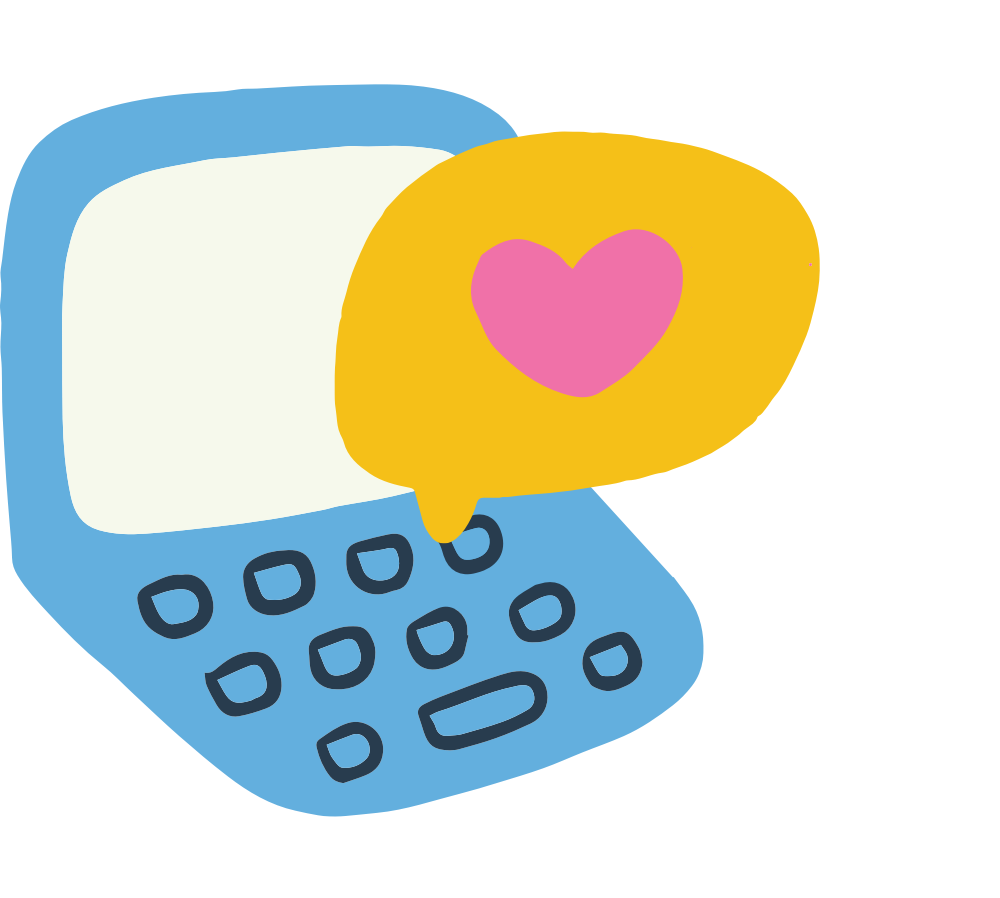
Activities
Comprehensive sex education activities are learning engagements that help elementary students explore, interact with, and build deeper understanding of sexual health. Each learning activity is designed to support a skills-based health approach and provide meaningful opportunities for students to explore the functional knowledge and practice the health skills.
🔎 Play Dough Activity: Body Parts Creation
Using labeled play dough mats or guided visuals, students create body parts out of play dough (e.g., heart, brain, stomach, uterus). This hands-on activity helps reinforce correct body part names and their functions in a fun, tactile way.
→ Connects to: The names and functions of body parts🔎 Types of Touch Sorting Game
Students read or listen to short scenarios (e.g., a hug from a friend, getting pushed, a high five, brushing hair) and sort them into categories: healthy, harmful, or helpful. They discuss how each type of touch made the person feel.
→ Connects to: The different types of touch🔎 Body Autonomy Charades
Students act out simple body boundary situations (e.g., saying no to a hug, asking before borrowing a toy, stepping back when uncomfortable) while classmates guess what’s happening.
→ Connects to: What body autonomy means🔎 Consent Scripts Role Play (Non-Sexual Consent)
In pairs, students practice consent scenarios using age-appropriate scripts (e.g., “Can I sit by you?” “Can I borrow your marker?”). They practice giving, receiving, and respecting yes and no answers.→ Connects to: What consent means
🔎 Baby-Making Sequence Activity (Non-Sexual Framing)
Using illustrated cards or a simple worksheet, students put the steps in order: a sperm meets an egg → the egg grows in a uterus → the baby develops → the baby is born. Emphasis is on basic biology, not sexual activity.
→ Connects to: How a baby is made -

Assessments
These sexual health education project-based learning assessments are designed to measure both what elementary students understand and how well they can apply their functional health knowledge and health skills in meaningful, real-world ways. Each health assessment idea aligns with the SHAPE America National Health Education Standards and the National Standards for Sex Education from SIECUS and offers students a practical, hands-on learning experience. By actively using health skills to navigate realistic scenarios, students showcase health literacy as they think critically, make informed decisions, and take ownership of their well-being.
📚 “My Body Book”
Students create a mini-book featuring labeled diagrams and simple explanations of key body parts and their functions, showing both confidence and accuracy in body knowledge.
→ Assesses understanding of names and functions of body parts (SHAPE America Standards #1 and #4)
📚 PSA Poster: Types of Touch
Students design a classroom poster or PSA that explains healthy, harmful, and helpful types of touch using images, symbols, or simple scenarios.
→ Assesses understanding of types of touch and boundary awareness (SHAPE America Standards #1 and #8)
📚 Scenario Analysis: Body Boundaries
Students read or listen to a simple scenario and identify what someone’s boundary is based on how their body reacts or how they express their feelings. They explain how that boundary can be respected.
→ Assesses awareness of body autonomy and boundary-setting (SHAPE America Standards #4 and #8)
📚 Consent Sort & Reflection
Students review illustrated or written consent scenarios and sort them into two categories: “Yes, consent was established”or “No, consent was not established.” After sorting, they write a short reflection explaining the evidence they used to make their decision, focusing on body language, words, and personal boundaries.
→ Assesses understanding of consent and respectful interaction (SHAPE America Standards #4, #7, #8))
📚 “How a Baby is Made” Comic Strip
Students create a non-sexual, fact-based comic strip showing the basic sequence of how a baby is made: sperm + egg + uterus → baby grows → baby is born.
→ Assesses understanding of basic reproduction (SHAPE America Standards #1)
-

Learning Objectives
Comprehensive sexual health education learning objectives clearly define what middle school students will know and be able to do as a result of each lesson. These sexual health objectives focus on developing functional health knowledge, building understanding related to the dimensions of health, and applying essential health skills to real-life situations. Every objective is designed to align with the SHAPE America National Health Education Standards and the National Sex Education Standards from SIECUS, ensuring that instruction is comprehensive, skills-based, and leads to increased health literacy and promotes lifelong well-being.
The Goal: Expand body knowledge and introduce sexuality, puberty, and protection while building emotional awareness and navigating changing relationships.
✅ Understand body changes during puberty, including menstruation and erections, and learn how to manage them with confidence and care
→ Related SHAPE America Health Standard: #1 Build and Apply Functional Knowledge and #3 Accessing Valid Information
✅ Learn about reproduction, how pregnancy happens, and the basics of pregnancy prevention (i.e. birth control and abstinence)
→ Related SHAPE America Health Standard: #1 Build and Apply Functional Knowledge and #3 Accessing Valid Information
✅ Understand what STIs are, how they’re transmitted, and basic prevention methods
→ Related SHAPE America Health Standard: #1 Build and Apply Functional Knowledge and #3 Accessing Valid Information
✅ Deepen understanding of consent, including both non-sexual and sexual scenarios, and practice respectful communication and boundary-setting
→ Related SHAPE America Health Standard: #1 Build and Apply Functional Knowledge, #4 Interpersonal Communication, #7 Practice Health Enhancing Behaviors, and #8 Advocacy
✅ Explore healthy vs. unhealthy relationships, including peer, dating, and online interactions
→ Related SHAPE America Health Standard: #1 Build and Apply Functional Knowledge, #4 Interpersonal Communication, #7 Practice Health Enhancing Behaviors, and #8 Advocacy
✅ Build media literacy by analyzing how relationships, bodies, and sex are portrayed in media, including a basic introduction to porn literacy
→ Related SHAPE America Health Standard: #1 Build and Apply Functional Knowledge, #2 Analyzing Influences, #3 Accessing Valid Information, #5 Decision Making
✅ Begin defining what it means to be sexually healthy and how to make decisions that reflect personal values and boundaries
→ Related SHAPE America Health Standard: #1 Build and Apply Functional Knowledge, #5 Decision Making
-

Functional Knowledge
Functional knowledge refers to the essential concepts middle school students need to understand in order to build awareness of how sexual health shows up in their lives. This knowledge helps students build health literacy and learn how to make informed choices and lays the foundation for managing this aspect of their well-being with intention and confidence.
Middle school students need clear, accurate, and age-appropriate knowledge that helps them understand their changing bodies, navigate emerging feelings, and begin building a healthy sexual framework rooted in respect, autonomy, and safety.
💡 What The Biological And Emotional Changes Of Puberty Are
Students learn what to expect as their bodies grow and change, including menstruation, erections, mood swings, and new emotions, while building confidence to manage these changes with care and self-awareness.💡 How Pregnancy Happens And How It Can Be Prevented
Students explore the basics of reproduction, including how pregnancy occurs through the joining of a sperm and egg, and how methods like abstinence and condoms can prevent it.💡 What Stis Are, How They Are Transmitted, And How They Can Be Prevented
Students learn what sexually transmitted infections are, how they spread, how to reduce risk, and the role of protection, testing, and communication in prevention.💡 What Consent Means In Both Non-Sexual And Sexual Situations
Students develop a deeper understanding of consent as active, ongoing, and required, whether it's about sharing space, giving a hug, or engaging in sexual activity.💡 What Healthy Vs. Unhealthy Relationships Look Like
Students explore the characteristics of safe, respectful relationships and identify red flags in controlling, coercive, or emotionally harmful dynamics.💡 What Media Literacy Means In The Context Of Relationships And Sexuality
Students begin critically analyzing media messages (including social media and porn), exploring how these messages shape their views of bodies, sex, and relationships.💡 What It Means To Be Sexually Healthy
Students reflect on the idea that being sexually healthy means more than avoiding pregnancy or STIs, it also includes things like feeling confident in your identity, making informed choices, setting boundaries, and having respectful relationships. -

Activities
Teaching activities are learning engagements that help students explore, interact with, and build a deeper understanding of sexual health. Each activity is designed to build health literacy by providing meaningful opportunities for students to practice and apply what they’re learning.
These hands-on, discussion-based activities help students explore the biological, emotional, and social aspects of sexual health in a developmentally appropriate and engaging way. Each activity is designed to deepen understanding, spark curiosity, and build real-life skills students can use to care for their well-being and navigate changing relationships with confidence and clarity.
🔎 Puberty Board Game
Students play a classroom-friendly board game that introduces them to common physical and emotional changes during puberty. As they move around the board, they answer puberty questions, act out scenarios, or reflect on “did-you-know” prompts. The game normalizes change, builds vocabulary, and creates space for curiosity and discussion.→ Connects to body literacy, emotional awareness, and normalization of puberty
🔎 Pregnancy & Prevention Sequencing Challenge
Students complete a visual sequencing activity that outlines the basic steps of how pregnancy occurs: sperm meets egg → fertilization → implantation → pregnancy → birth. After completing the sequence, students are introduced to different pregnancy prevention methods and match them to where they could interrupt the process (e.g., condoms → block sperm; birth control → prevent ovulation).
→ Connects to understanding of reproductive processes and pregnancy prevention strategies🔎 Consent Role-Play + Body Language Decode
Students read or act out short scenarios (non-sexual and age-appropriate sexual situations) and identify whether consent was clearly established. Then they practice decoding body language and verbal cues in peer-to-peer discussions.
→ Connects to real-world skill building and body autonomy🔎 Relationship Scenario Sort + "Friend or Red Flag?" Game
Students sort descriptions of behaviors into “Healthy,” “Unhealthy,” or “Abusive.” In pairs, they review case studies and decide if the situation calls for support, a boundary, or ending the relationship.
→ Connects to emotional safety and relationship literacy🔎 Analyze That Ad + Media Message Detectives
Students examine music videos, ads, or social media posts to identify messages about bodies, sex, gender, or relationships. Then, they rewrite or “remix” the messages to reflect respect, consent, and inclusivity.
→ Connects to critical thinking and media decoding🔎 “What Does It Mean to Be Sexually Healthy?” Mind Map
Students brainstorm what being sexually healthy means beyond “not getting pregnant.” They reflect on self-respect, values, consent, communication, safety, and relationships—and create a class mind map of sexual well-being.
→ Connects to holistic understanding and builds personal awareness -

Assessments
Assessments are culminating health projects that measure students’ understanding of the topic and their ability to apply what they’ve learned in meaningful, real-world ways. These project based learning assessments allow students to demonstrate both their knowledge and their growing health skills.
📚 Puberty Fair – Peer Teaching Stations
Students work in small groups to design interactive teaching stations for their peers that explain different aspects of puberty, such as menstruation, emotional changes, or body hygiene, and include strategies for managing each. The fair allows students to learn from one another and normalize the experience of puberty.→ Assesses SHAPE America Standards #1, #3, #4, and #8
📚 Birth Control & STI Prevention Comic Strip
Students create a comic strip that follows a fictional character learning about and using methods of birth control and STI prevention. The comic should show how protection works, how to access it, and how the character makes an informed decision.
→ Assesses SHAPE America Standards #1, #3, and #4📚 PSA Video: How Consent is Clearly Established
In small groups, students write and produce a short PSA (public service announcement) that demonstrates what clear, verbal, willing consent looks and sounds like, in both sexual and non-sexual scenarios. The video will model respectful boundary-setting and communication.
→ Assesses SHAPE America Standards #1, #4, #7, and #8📚 Media Message Analysis: Sexual Health in the Spotlight
Students select a piece of media (e.g., song lyric, ad, TV clip, or social media post) and critically analyze its message about sex, relationships, or bodies. They identify harmful messaging and rewrite it through the lens of respect, consent, and inclusivity.
→ Assesses SHAPE America Standards #1, #2, and #3
-

Learning Objectives
Comprehensive sexual health education learning objectives clearly define what high school students will know and be able to do as a result of each lesson. These sexual health objectives focus on developing functional health knowledge, building understanding related to the dimensions of health, and applying essential health skills to real-life situations. Every objective is designed to align with the SHAPE America National Health Education Standards and the National Sex Education Standards from SIECUS, ensuring that instruction is comprehensive, skills-based, and leads to increased health literacy and promotes lifelong well-being.
The Goal: Deepen understanding of sexual health and relationships, explore prevention and access to care, and strengthen sexual decision-making rooted in personal values, safety, and respect.
✅ Deepen understanding of reproductive health and pregnancy, including how it happens, how it’s prevented, and the full range of birth control options
→ Related SHAPE America Health Standards: #1 Build and Apply Functional Knowledge and #3 Accessing Resources
✅ Learn about STIs in greater depth, including signs/symptoms, long-term effects, prevention, testing, and treatment
→ Related SHAPE America Health Standards: #1 Build and Apply Functional Knowledge and #3 Accessing Resources
✅ Build confidence accessing valid sexual health information, services, and care, including how to find a provider, ask questions, and seek support
→ Related SHAPE America Health Standards: #1 Build and Apply Functional Knowledge and #3 Accessing Resources
✅ Explore consent in depth, with an emphasis on non-exploitative vs. consensual experiences.
→ Related SHAPE America Health Standards: #1 Build and Apply Functional Knowledge, #4 Interpersonal Communication, #7 Practice Health-Enhancing Behaviors, #8 Advocacy
✅ Navigate real-life dating and relationship dynamics, including how to build healthy relationships
→ Related SHAPE America Health Standards: #1 Build and Apply Functional Knowledge, #4 Interpersonal Communication, and #7 Practice Health-Enhancing Behaviors
✅ Critically examine sexual messages in media and pornography, and reflect on how they shape expectations, pressure, and perceptions of sex and relationships
→ Related SHAPE America Health Standards: #2 Analyze Influences
✅ Define personal values and goals related to sexuality and relationships and practice decision-making grounded in those ideals
→ Related SHAPE America Health Standards: #5 Decision Making, #6 Goal Setting, and #8 Advocacy
-

Functional Knowledge
Functional knowledge refers to the essential concepts high school students need to understand in order to build awareness of how sexual health shows up in their lives. This knowledge helps students make informed choices and lays the foundation for managing this aspect of their well-being with intention and confidence.
In high school, students need a deeper, more nuanced understanding of sexual health. This knowledge equips them to navigate relationships, protect their health and bring them joy, access care, and make empowered, values-based choices.
💡 What Reproduction Is, How Pregnancy Happens, And How It Can Be Prevented
Students learn how reproduction works, including the biological process of fertilization, and explore various birth control methods. They understand how to prevent pregnancy through abstinence, contraception, and informed decision-making.💡 What Stis Are, How They Spread, How To Prevent Them, And How To Get Tested Or Treated
Students explore the basics of STIs. They learn about methods of prevention, including condoms, preventative medication, and regular testing, and how to find and access testing and treatment resources.💡 Who Provides Valid Sexual Health Information And Services
Students learn how to identify credible sources of information and services, such as school nurses, clinics, hotlines, and websites. They practice using the PROVE It method to evaluate information and build confidence in seeking care.💡 What Consent Is And How To Recognize The Difference Between Non-Exploitative And Consensual Experiences
Students examine the components of true consent: clear, willing, ongoing, and freely given. They learn to recognize coercion, pressure, or power imbalances, and understand how mutual respect and autonomy are non-negotiable.💡 What Healthy Relationships Look, Sound, And Feel Like
Students define characteristics of healthy romantic and platonic relationships, respect, trust, communication, equality, boundaries, and learn to identify red flags in unhealthy dynamics.
💡 What Media Messages Are, Where They Show Up, And How They Influence Beliefs And Behaviors
Students analyze messages in music, ads, social media, and porn. They explore how these messages shape expectations around bodies, sex, and relationships and learn to critically question what they consume.💡 What Values Are And How To Make Value-Based Decisions
Students reflect on their personal values and understand how these guide choices related to sex, relationships, and self-respect. They learn how to make decisions that align with those values, even under pressure. -

Activities
Teaching activities are learning engagements that help high school students explore, interact with, and build a deeper understanding of sexual health. Each activity is designed to support skills-based learning and provide meaningful opportunities for students to practice and apply what they’re learning.
🔎 Digital WebQuest: Pregnancy, Contraception, STIs & Prevention
Students complete a self-paced digital WebQuest to learn how pregnancy happens, how it’s prevented, and how to reduce the risk of STIs. They also practice accessing valid information and identifying local or online sexual health services.→ Connects to SHAPE Standards #1, #3, #8
🔎 Consent Scenario Sort: Yes or No?
Students review a set of scenarios and sort them into “Yes, Consent” or “No, Not Consensual.” Each scenario includes verbal and non-verbal cues. Students reflect on what clear, respectful consent looks and sounds like and how to recognize when it’s missing.
→ Connects to SHAPE Standards #1, #4, #7, and #8
🔎 Dating & Relationship Report Card
Students assess fictional or media-based relationships using a rubric or “report card” that evaluates communication, boundaries, respect, safety, and emotional support. They then reflect on how those elements show up in real-life relationships.
→ Connects to SHAPE Standards #1, #4, and #7
🔎 Media Message Scavenger Hunt
Students are given a list of criteria (e.g., relationship, body image, consent, power dynamics, sexual choices) and explore media they already consume, TV, music, social media, to find examples. They then analyze how the messages a person’s sexual framework (i.e. their understanding of sex).
→ Connects to SHAPE Standard #2
🔎 Values Mapping + Decision Reflection
Students reflect on personal values related to sex and relationships. They create a visual values map and use it to walk through a decision-making framework, connecting their values to potential real-life choices.
→ Connects to SHAPE Standards #5
-

Assessments
These sexual health education project-based learning assessments are designed to measure both what high school students understand and how well they can apply their functional health knowledge and health skills in meaningful, real-world ways. Each health assessment idea aligns with the SHAPE America National Health Education Standards and the National Standards for Sex Education from SIECUS and offers students a practical, hands-on learning experience. By actively using health skills to navigate realistic scenarios, students showcase health literacy as they demonstrate their ability to think critically, make informed decisions, and take ownership of their well-being.
These culminating assessments give students the opportunity to demonstrate their understanding of sexual health concepts and apply key skills like decision-making, accessing resources, communication, and advocacy.
📚 Real-Life Prevention Scenario: What Works & Why
Students read a realistic scenario involving sexual decision-making and identify the most practical method(s) for preventing pregnancy and/or STIs in that situation. They justify their response using accuracy, context, and personal values.
→ Assesses SHAPE America Standards #1 Build and Apply Functional Knowledge, #3 Accessing Valid Resources, and #5 Decision Making
📚 Healthy vs. Unhealthy Relationships Comic Strip or Story
Students create a short comic or narrative showing the contrast between a healthy and unhealthy dating or situationship dynamic. They highlight specific relationship red flags, communication tools, and boundary-setting strategies.
→ Assesses SHAPE America Standards #1 Functional Knowledge, #4 Interpersonal Communication, and #7 Practice Health-Enhancing Behaviors
📚 How to Date 101: A Teen’s Guide to Healthy Relationships
Students develop a guidebook or digital zine for their peers with practical advice on how to date in healthy, respectful, and value-aligned ways. Topics include setting boundaries, communicating consent, and making values-based choices.
→ Assesses SHAPE America Standards #4 Interpersonal Communication, #5 Decision Making, #6 Goal Setting, and #8 Advocacy
📚 Correct the Message: Sexual Health in the Media
Students identify a media message (song lyric, ad, TV moment, or post) that misrepresents sexual health, relationships, or consent. They analyze the harm and rewrite the message to reflect truth, safety, and respect.
→ Assesses SHAPE America Standards #1 Functional Knowledge and #2 Analyzing Influences
-
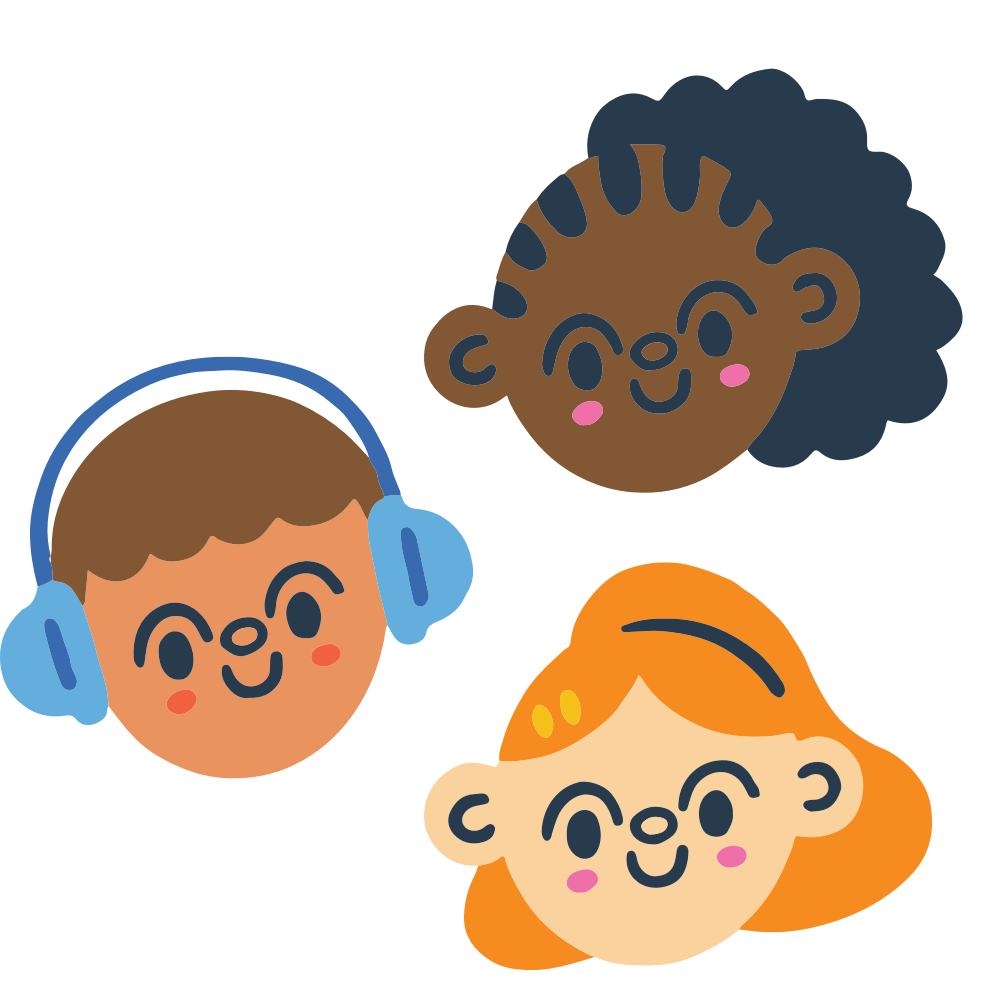
For Students
Discover a catalog of teen health guides packed with essential healthy living tools. Each health guide features topic overviews, self-assessment check-ins, red flag indicators, actionable resources, and more to help students take charge of their health and well-being.
-
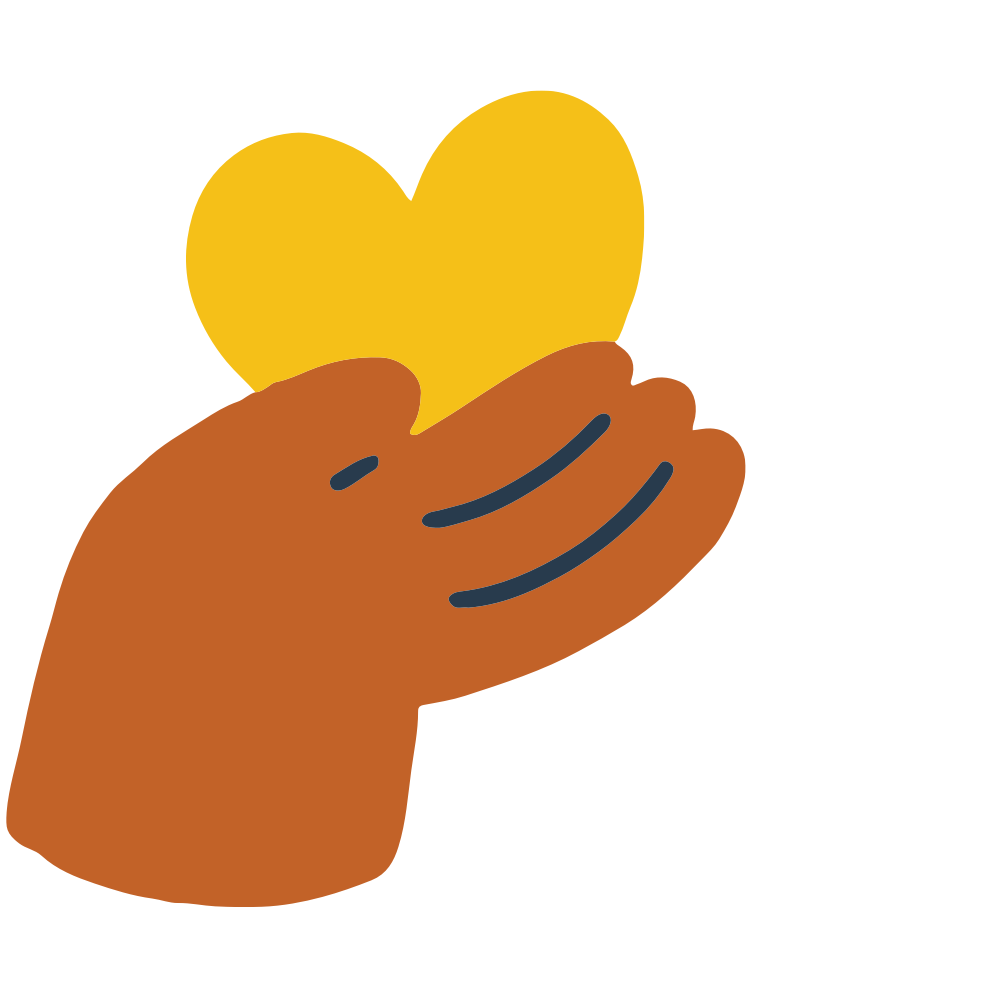
For Parents
The ultimate guide for parents to raise healthy kids, foster open communication, and become their child’s trusted go-to adult. Discover our parent health guides filled with conversation starters, topic overviews, curated resources, and practical tools to confidently support your child’s health and well-being.
how to Teach the SHAPE america Standards
Sexual Health Education Teaching Ideas Connected to SHAPE America Standards
Explore the health skills table below to discover teaching ideas that connect sexual health education to SHAPE America National Health Education Standards and the National Sex Education Standards from SIECUS. By linking comprehensive sex education concepts to health skills like decision-making, self-management, and analyzing influences, you can create meaningful, skills-based learning experiences that help students develop sexual health awareness for themselves and others and build health literacy.
-
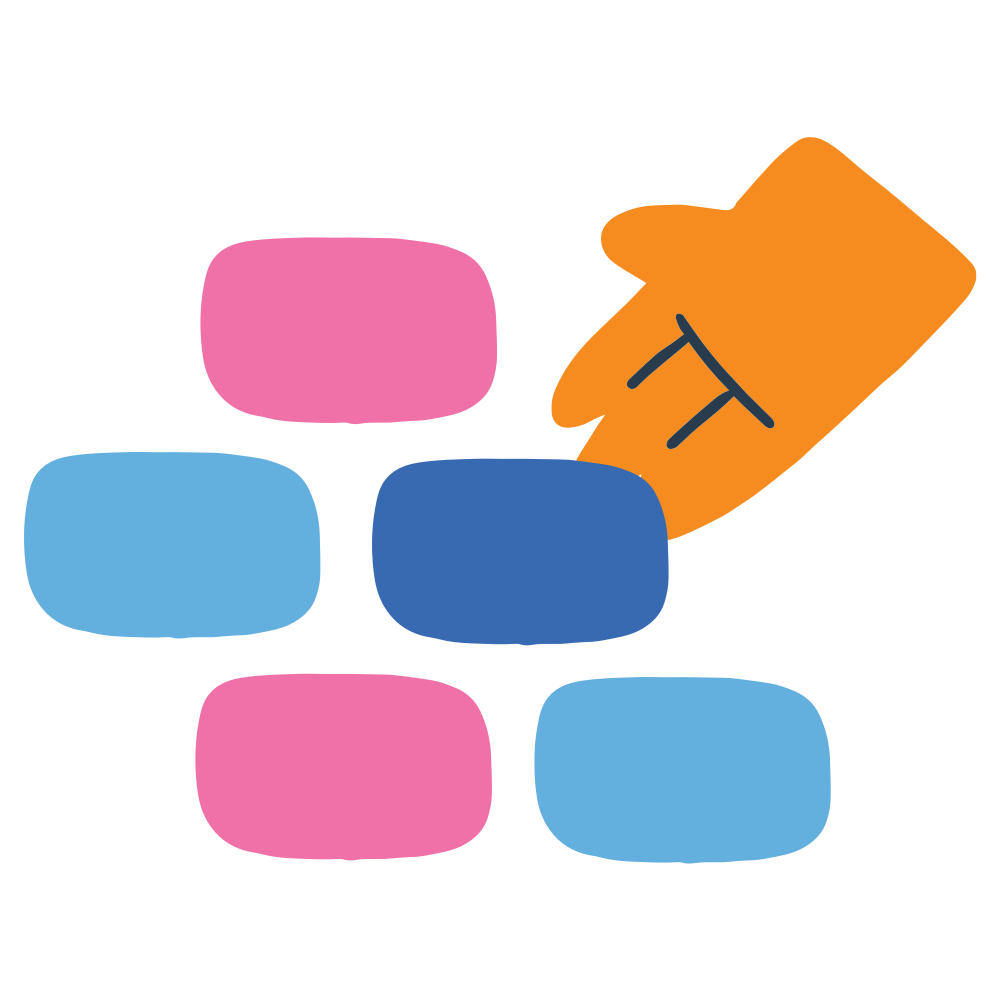
Building and Applying Functional Knowledge
SHAPE America Standards #1
Learning and Using Health Knowledge
-

Analyzing Influences
SHAPE America Standards #2
See What Shapes How You Feel, Think, and Act
-
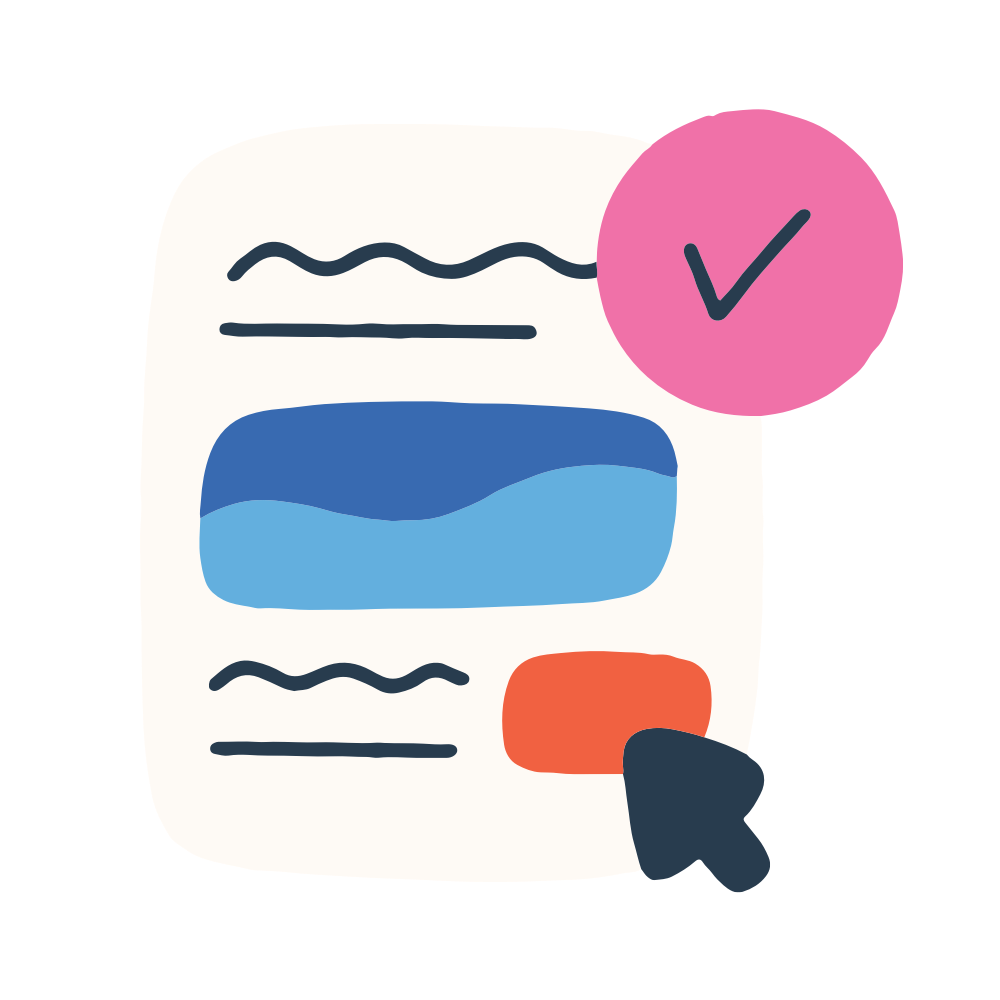
Accessing Resources
SHAPE America Standards #3
Find Valid Health Info & Services
-

Interpersonal Communication
SHAPE America Standards #4
Communicate Effectively
-
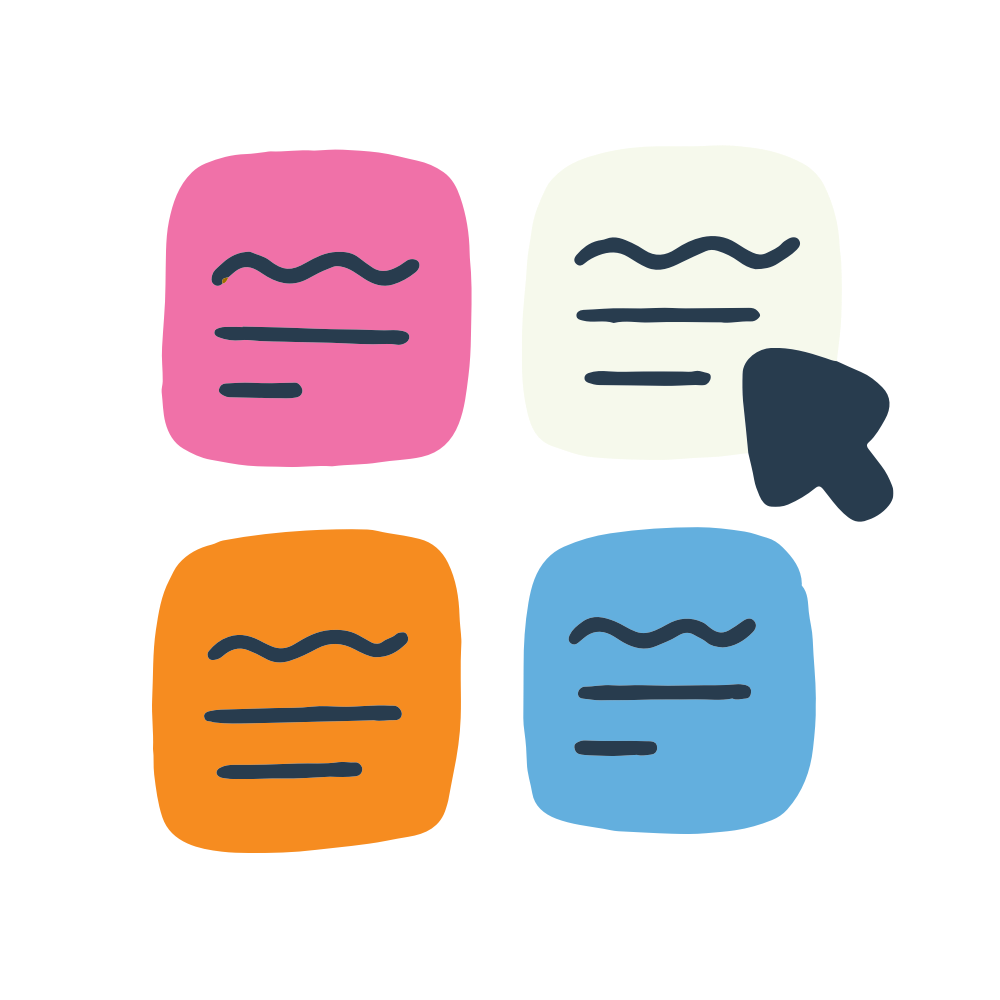
Decision Making
SHAPE America Standards #5
Make Enriching Health Choices
-

Goal Setting
SHAPE Standard #6
Set and Reach Health Goals
-
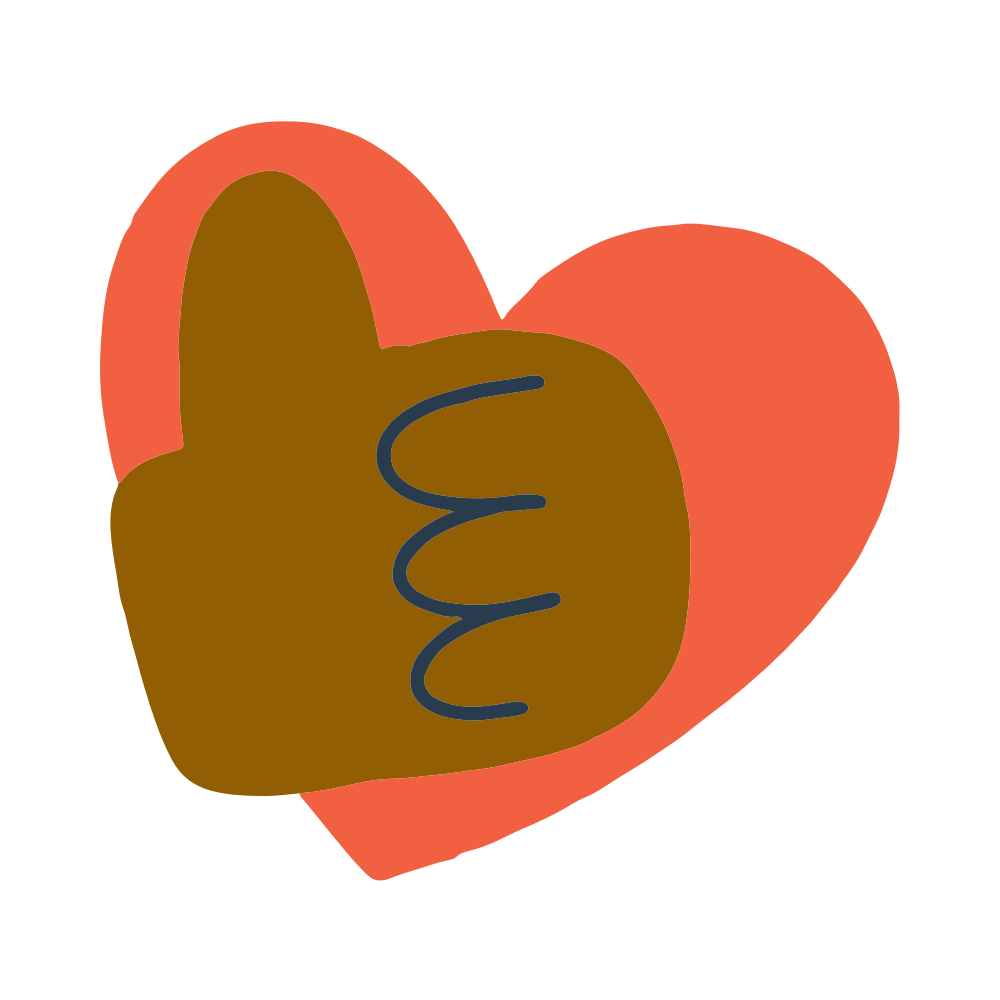
Practice Health Enhancing Behaviors
SHAPE Health Standard #7
Take Care of Your Well-being
-

Advocacy
Health Standard #8
Speak Up for Health
How Building and How Building and Applying Functional Knowledge Connects to Sexual Health Education:
Sexual health education starts with accurate, inclusive, and comprehensive knowledge. Students need a clear, medically accurate understanding of anatomy, reproduction, contraception, consent, and more.
Building and Applying Functional Knowledge Teaching Ideas: Sexual Health Education
Playdough Anatomy Mats
Explore reproductive anatomy in an interactive, body-neutral way.Media Scavenger Hunt
Search for definitions of sexual health in media and compare to medically accurate ones.Sequencing Activities
Teach students how to sequence steps for putting on a condom, menstruation, or pregnancy.
How Analyzing Influences Connect to Sexual Health Education:
Students' sexual values, beliefs, and behaviors and ultimately their sexual health are shaped by a wide web of influences, from family, friends, and culture to media and perceived norms. Teaching this skill helps them critically analyze these messages and decide which ones support their well-being.
Analyzing Influences Teaching Ideas: Sexual Health Education
Consent in Media
Use TV/movie clips to explore what real consent looks like versus what's portrayed.Sexual Health Media Hunt
Identify examples of body image, gender roles, and sexual norms in pop culture.Sexual Framework Reflection
Guide students to unpack the messages they’ve absorbed and their impact.
How Accessing Valid Resources Connects to Sexual Health Education:
With so much sexual health misinformation out there, students must learn how to access valid information and services, from websites to clinics to trusted adults. Knowing where to go and how to access these supports is essential.
Accessing Resources Teaching Ideas: Sexual Health Education
Digital Webquest
Explore and evaluate valid sources of sexual health information and care.PROVE It Report Card
Evaluate common sources like TikTok or YouTube for accuracy and credibility.Match the Service
Match different sexual health needs (STI testing, birth control, abuse support) with appropriate services.
How Interpersonal Communication Skills Connect to Sexual Health Education:
Sexual health education depends on honest, respectful communication, whether it's general relationships about consent, setting boundaries, or talking with a doctor. Practicing these conversations builds confidence and safety.
Interpersonal Communication Teaching Ideas: Sexual Health Education
Consent Scenario Role Plays
Practice navigating consent in sexual and non-sexual situations.Boundary-Setting with NOPE
Teach the steps for setting and protecting personal boundaries.Health Care Provider TALK Scripts
Practice how to talk to a medical personnel about sexual health concerns.
How Decision-Making Skills Connect to Sexual Health Education
Sexual health is shaped by the decisions students make every day. From managing media to navigating relationships, students need thoughtful, values-based decision-making skills that reflect their goals and well-being.
Decision-Making Teaching Ideas: Sexual Health Education
What’s BEST? Check-In
Use this tool to assess how sexual health decisions impact the B.E.S.T. Model.Decision Brain Dump
Identify all the decisions connected to one sexual health topic to show its complexity.Decision Ranking
Rank sexual health decisions from quick and easy to requiring deep thought.
How Goal-Setting Connects to Sexual Health Education:
Goal setting helps students think long-term about their sexual health, how their sexual choices may support or conflict with life goals, and how to grow in self-awareness and self-advocacy.
Goal Setting Teaching Ideas: Sexual Health Education
Self-Advocacy Mantra
Write a statement to remind students of their voice and power.Sexual Framework Awareness Activity
Identify parts of their framework that aren't serving them and reframe.Goal x Impact Reflection
Explore how sexual choices might support or interfere with a personal goal.
How Self-Management Connects to Sexual Health Education
Being sexually healthy requires ongoing reflection and intentional building sexually healthy habits. Students need tools to manage habits, avoid risk, and stay true to their values.
Self-Management Teaching Ideas: Sexual Health Education
Scenario Habit Map
Analyze a character’s sexual health practices and how they impact well-being.Sexual Health Behavior Map
Build a visual model of sexual health habits (e.g. consent, hygiene, testing).Pause + Reflect Prompts
Create check-in questions to help students think before acting in sexual situations.
How Advocacy Connects to Sexual Health Education:
Sexual health advocacy involves standing up for your boundaries and needs and helping others do the same. Students learn to be upstanders and speak out against harmful norms or injustice.
Advocacy Teaching Ideas: Cultural Health Education
Self-Advocacy Mantras
Write and practice mantras for asserting needs in relationships.Sexual Health Case Study
Analyze a real-life issue (like access to reproductive health care or sexual misinformation) and propose a solution.Mini Advocacy Project
Students pick a sexual health issue to research and advocate for in their school or community.
sexual Health Education VIDEOS
Youtube
Build confidence and clarity in your teaching with Project School Wellness’s sexual health education videos. Each video has been designed to help health teachers boost health literacy as they teach comprehensive skills-based sex ed.
Popular sexual Health education Videos

Done-For-You
Lesson Plans
Sexual Health Lesson Plans
Teach students how to navigate sexual development, body knowledge, relationships, and consent with done-for-you, skills-based sexual health education lesson plans from Project School Wellness.
-
Lesson #1: Defining Sexual Health
Lesson #2: What is Sexuality?
Lesson #3: Uncovering Sexual Values
Lesson #4: Understanding What “Sex” Means and the Sexual Response
Lesson #5: Living Your Best Life
Lesson #6: Reviewing Anatomy & Reproduction
Lesson #7: Periods
Lesson #8: Preventing Pregnancy & Infections
Lesson #9: Digital Breakout: Accessing Valid Information and Care
Lesson #10: Abstinence
Lesson #11: Intimacy
Lesson #12: Healthy Relationships
Lesson #13: Learning How to Communicate
Lesson #14: Crushes, Liking, Someone, & Being in Love
Lesson #15: Healthy Dating Relationships
Lesson #16: Breaking Up
Lesson #17: Digital Relationship & Sexting
Lesson #18: Meaningful, Pleasurable, and Healthy Sexual Experiences
Lesson #19: What is Consent?
Lesson #20: How to Ask for Consent
Lesson #21: Confidently Grant or Great Consent
Lesson #22: Sexual Health While Under the Influence
Lesson #23: Media Literacy: Becoming a Critical Media Consumer
Lesson #24: Making Healthy Decisions About Pornography
Lesson #25: Making Sexual Health Decisions
-
Lesson #1: Why Sex Ed Matters
Lesson #2: Intro to Sex Ed
Lesson #3: Puberty
Lesson #4: Hygiene Checklist
Lesson #5: STIs
Lesson #6: Reproductive System
Lesson #7: Pregnancy
Lesson #8: Contraceptives
Lesson #9: Abstinence
Lesson #10: Consent & Safety
Lesson #11: Types of Touch
Lesson #12: Building Healthy Relationships
Lesson #13: Love or Just a Crush
Lesson #14: Sexual Decision Making

Curated sexual Health education Resources
Sexual Health Teaching Resources
-
Middle School Unit
High School Unit
What is Consent? Mini Unit
Healthy Relationship for High School
-
Coming Soon!
-
Coming Soon!
Meet Project School Wellness
Your Go-To Partner in Health Education!
At Project School Wellness, we are dedicated to making health education simple, effective, and life-changing.
As your one-stop health education hub, we offer ready-to-use health curriculum and resources for health teachers, expert guidance for parents navigating tough topics, and trusted insights for students building lifelong health skills. Whether in the health classroom, at home, or learning on your own, we’re here to help students build the knowledge, skills, and confidence needed to live their healthiest, happiest lives.
